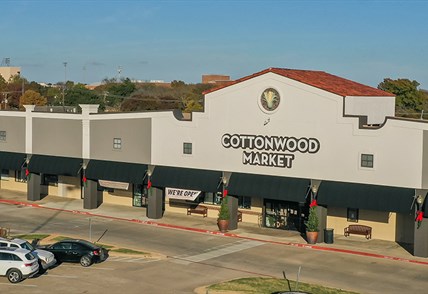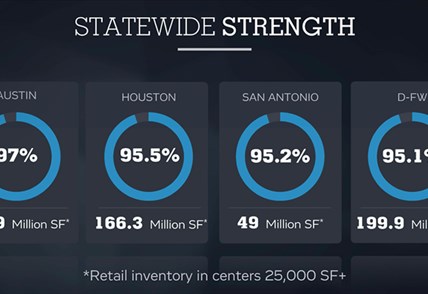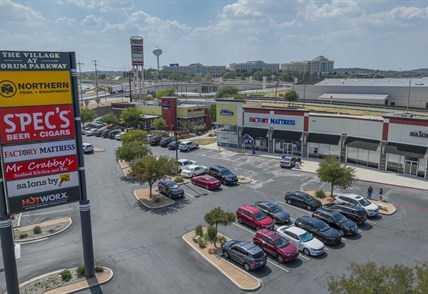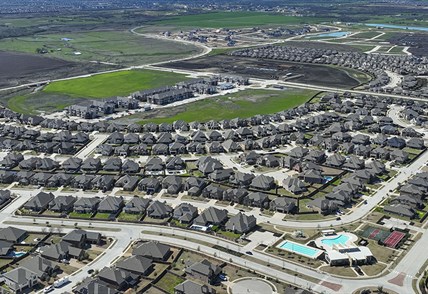By Marshall Mills
Best market ever? For the Dallas-Fort Worth retail market, you’d have to say yes when considering our current high occupancy, supply in line with demand and economic strength that continues to drive retail growth.
As of January 1, D-FW reports 92.6 percent occupancy. That percentage breaks a 32-year-old record, and all indications are that it will be repeated or even exceeded by the start of 2018.
So let’s look at three reasons for our market’s current strength.
1. The North Texas economy, which in December the Houston Chronicle termed “The Dallas Miracle.” We’ve got job growth, corporate growth, and a residential market that added 30,000 new single-family houses in 2016.
2. We’re not overbuilding retail. Every previous market peak resulted in an overheated market and massive overbuilding. But for the current peak year of 2016, we added just 2 million square feet of new space. In previous peak years, it wasn’t unusual to add more than that at a single intersection. A combination of developer caution, lender requirements for pre-leasing and our current retailer retraction is making overheated overbuilding a thing of the past.
3. Our existing centers are doing great, and the numbers prove it. We measure leasing by absorption, the net increase or decrease in occupied space. This past year, our absorption topped 3.8 million square feet. That was the second-highest total in 16 years and nearly double the construction total.
Without a doubt, limited construction benefits our existing shopping centers. We do have high-profile new space opening this year in projects like Legacy West in Plano, The Star in Frisco and Shops at Clearfork in Fort Worth. These are beautiful new developments with retail space in line with demand and pre-leasing commitments. Demand-based construction is a key reason that some major developments take a bit longer than first announced as they phase their space in conjunction with leasing.
So what should we expect to see at this time next year?
Based on what is in the works, we forecast that construction will increase to around 3.4 million square feet in 2017. Since so many projects are phased, leasing will dictate if all of this space is delivered as planned. Even with an increase in new space, we expect strong leasing to boost occupancy to 93 percent or higher. We also expect to see absorption reach 4 million square feet.
With the market this healthy, retail rental rates should continue to rise, and demand for Grade A retail investments will remain strong. I look forward to working with the commercial real estate community to help make this forecast become reality.
Marshall Mills is president and CEO of Weitzman. This report appeared in D CEO magazine.




